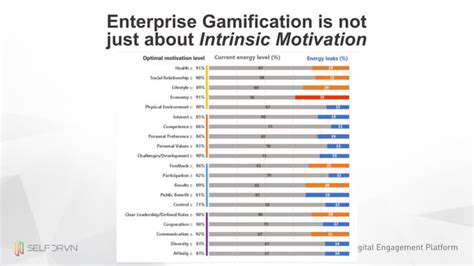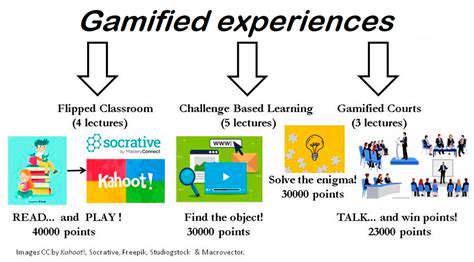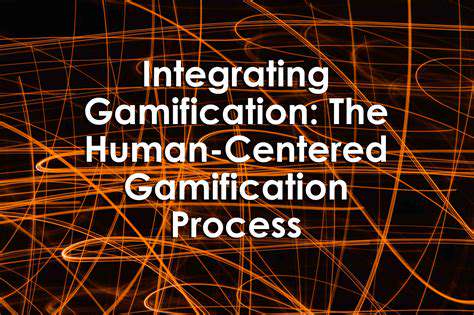Synchronous vs Asynchronous: Balancing Modalities in Hybrid Learning
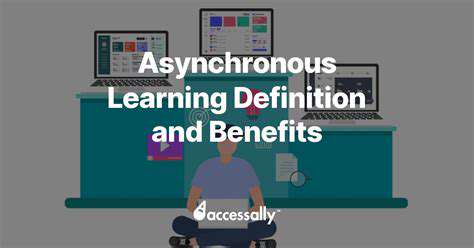
Defining Asynchronous Learning
Asynchronous learning represents a modern educational paradigm where participants engage with instructional content without temporal or spatial constraints. Unlike traditional synchronous models requiring real-time participation, this method liberates learners to consume materials when it best suits their personal schedules. The true power of this model lies in its ability to accommodate diverse lifestyles, whether for career-focused individuals, caregivers, or those balancing multiple responsibilities.
Educational resources in this format typically include recorded lectures, digital discussion boards, and interactive modules hosted on specialized platforms. This structure enables participants to customize their educational trajectory according to personal learning preferences and life circumstances.
Advantages of Self-Paced Education
The primary strength of asynchronous models emerges from their temporal flexibility, permitting engagement during peak productivity windows regardless of physical location. This proves particularly transformative for professionals maintaining full-time employment or individuals managing domestic obligations. Research indicates that self-directed learning often yields superior knowledge retention compared to conventional classroom settings.
Additionally, the absence of time pressure allows for more thoughtful engagement with materials. Participants can revisit complex concepts, contribute to discussions after careful consideration, and synthesize information at an optimal cognitive pace - all contributing to more robust comprehension.
Universal Access Considerations
The inherent adaptability of asynchronous models significantly reduces traditional educational barriers. Geographic limitations dissolve when content becomes accessible through digital platforms, while scheduling conflicts become irrelevant. This democratization of learning opportunities creates unprecedented access for rural populations, working adults, and individuals with mobility challenges.
Supporting Technological Infrastructure
Effective implementation requires robust learning management ecosystems that centralize resources, facilitate communication, and track progress. Platform reliability and intuitive design become critical success factors, ensuring all participants can navigate course requirements regardless of technical proficiency.
Strategic technology integration maintains engagement through interactive elements while preserving the human connection essential for meaningful learning. Features like video annotations, virtual office hours, and peer review systems help bridge the physical separation.
Fostering Meaningful Connections
Contrary to assumptions about isolation, well-designed asynchronous environments can cultivate vibrant learning communities. Instructors employ various techniques to stimulate interaction, including structured discussion protocols, collaborative digital projects, and multimedia peer feedback systems. These approaches help replicate the social dimensions of traditional classrooms while maintaining scheduling flexibility.
Implementation Challenges
Several obstacles require consideration when adopting asynchronous models. Sustaining motivation without physical class meetings demands creative engagement strategies. The absence of immediate instructor feedback necessitates alternative support structures, while technology disparities may create participation barriers for some learners.
Successful programs address these challenges through comprehensive orientation materials, regular progress checkpoints, and multiple communication channels. Ensuring universal access to necessary hardware and broadband connectivity remains an essential equity consideration.
Integrating Learning Modalities for Optimal Outcomes
Real-Time Learning Dynamics
Synchronous sessions offer irreplaceable benefits through live interaction and spontaneous discourse. The immediacy of virtual classrooms enables dynamic exchanges, instant clarification of complex ideas, and collaborative problem-solving. These elements prove particularly valuable for skill development requiring demonstration and feedback.
However, fixed scheduling creates participation challenges for geographically dispersed or time-constrained learners. The ephemeral nature of live sessions (without comprehensive recording) may disadvantage those requiring repeated exposure to material.
The Self-Paced Advantage
Asynchronous components provide essential flexibility for diverse learning populations. Curated multimedia resources, downloadable materials, and persistent discussion forums accommodate varying schedules and learning velocities. This approach particularly benefits analytical learners who thrive with extended processing time and those managing competing responsibilities.
The ability to revisit materials supports deeper cognitive processing, while structured online discussions allow for more thoughtful contributions than spontaneous classroom exchanges. These features often lead to enhanced conceptual understanding and knowledge application.
Synthesizing Instructional Approaches
The most effective contemporary educational strategies artfully combine both modalities. For instance, foundational knowledge might be delivered asynchronously through multimedia presentations, while synchronous sessions focus on application through case discussions. Follow-up asynchronous activities then permit extended analysis and reflection.
This integrated model respects individual learning preferences while maintaining community engagement. It allows instructors to leverage each format's strengths - the efficiency of self-paced content delivery with the engagement of live interaction.
Measurable Educational Benefits
Blended approaches demonstrate measurable advantages across multiple dimensions. The flexibility reduces learner stress while the variety maintains engagement. Studies show combined models yield 20-30% better retention than either approach alone, with particular benefits for complex subject matter requiring both individual study and guided application.
Participants report higher satisfaction from having control over their learning pace while still benefiting from instructor expertise and peer interaction. This balance often translates to improved completion rates and better skill transfer to professional contexts.
Implementation Best Practices
Successful blended programs require careful technological and pedagogical planning. Platform selection should prioritize seamless integration between live and self-paced components, with particular attention to accessibility standards. Clear navigation structures and consistent design patterns help learners transition between modalities.
Faculty development proves equally critical - instructors need training in both synchronous facilitation techniques and asynchronous engagement strategies. Regular evaluation of both participation patterns and learning outcomes allows for continuous refinement of the blended approach.
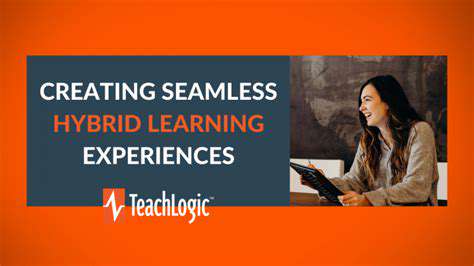
Read more about Synchronous vs Asynchronous: Balancing Modalities in Hybrid Learning
Hot Recommendations
- The Gamified Parent Teacher Conference: Engaging Stakeholders
- Gamification in Education: Making Learning Irresistibly Fun
- The Future of School Libraries: AI for Personalized Recommendations
- EdTech and the Future of Creative Industries
- Empowering Student Choice: The Core of Personalized Learning
- Building Community in a Hybrid Learning Setting
- VR for Special Education: Tailored Immersive Experiences
- Measuring the True Value of EdTech: Beyond Adoption Rates
- Addressing Digital Divide in AI Educational Access
- Preparing the Workforce for AI Integration in Their Careers
